Search
Remove Ads
Advertisement
Summary 
Loading AI-generated summary based on World History Encyclopedia articles ...
Search Results
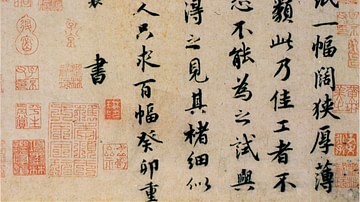
Definition
Ancient Chinese Calligraphy
Calligraphy established itself as the most important ancient Chinese art form alongside painting, first coming to the fore during the Han dynasty (206 BCE - 220 CE). All educated men and some court women were expected to be proficient at...
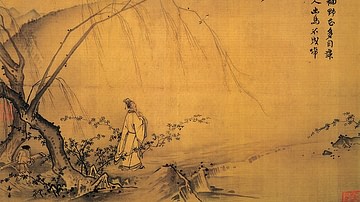
Definition
Ancient Chinese Art
Ancient China covered a vast and ever-changing geopolitical landscape, and the art it produced over three millennia is, unsurprisingly, just as varied. Still, despite continuous indigenous technical developments, changes in materials and...
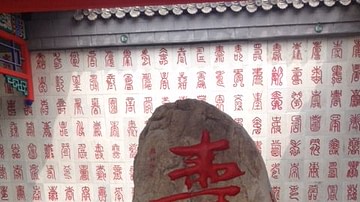
Definition
Chinese Writing
Ancient Chinese writing evolved from the practice of divination during the Shang Dynasty (1600-1046 BCE). Some theories suggest that images and markings on pottery shards found at Ban Po Village are evidence of an early writing system but...
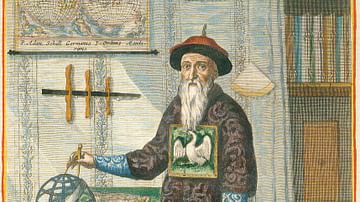
Article
Jesuit Influence on Post-medieval Chinese Astronomy
Ancient China had seen little Western contact before the 16th century CE, the language, culture and science all being allowed to develop independently of foreign influence. By the time European Jesuit missionaries arrived in the 16th century...

Article
Ancient Korean & Chinese Relations
Contact between Korea and China goes back to mythology and prehistory. Trade developed from the Bronze and Iron Ages with raw materials and manufactured goods going in both directions for centuries thereafter. In addition to traders, migrants...
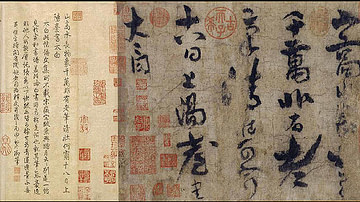
Definition
Chinese Literature
Chinese literature is among the most imaginative and interesting in the world. The precision of the language results in perfectly realized images whether in poetry or prose and, as with all great literature, the themes are timeless. The Chinese...

Image
Li Po's Calligraphy
"Going Up to Sun Terrace", calligraphy scroll by the Tang Dynasty poet Li Bai, the only surviving example of Li Po's own calligraphy, is now housed at the Palace Museum in Beijing, China
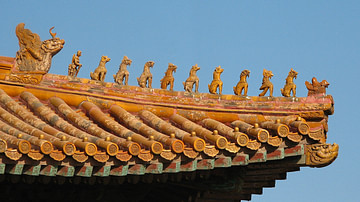
Definition
Ancient Chinese Architecture
Walled compounds, raised pavilions, wooden columns and panelling, yellow glazed roof tiles, landscaped gardens, and a careful application of town planning and use of space are all notable features of the architecture of ancient China, with...

Image
Mughal Calligraphy & Ornamentation
Examples of illuminated calligraphy and ornamentation from two Mughal folios. Ink with opaque watercolour and gold on paper. The calligraphy is by Mir 'Ali, 16th century, Iran; borders, (left) about 1610 – 20, (right) c. 1630 – 50, Mughal...
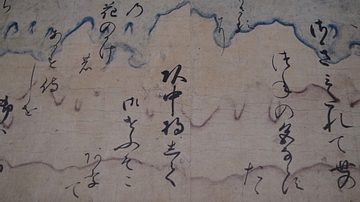
Image
Japanese Calligraphy
An example of Japanese calligraphy. From a scroll with extracts from the 'Tale of the Genji' or Genji Monogatari, written in the 11th century CE by Murasaki Shikibu. Ink on decorated paper. Attributed to Prince Son'en (1298-1356 CE). (Tokyo...